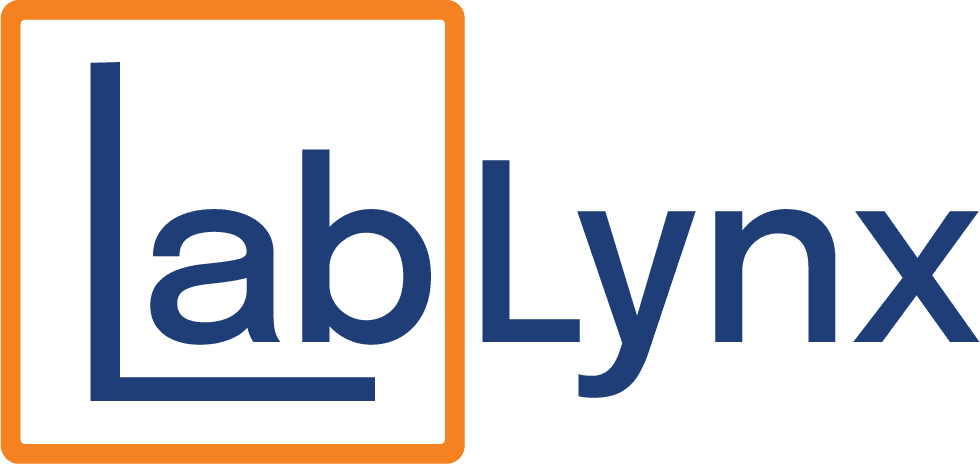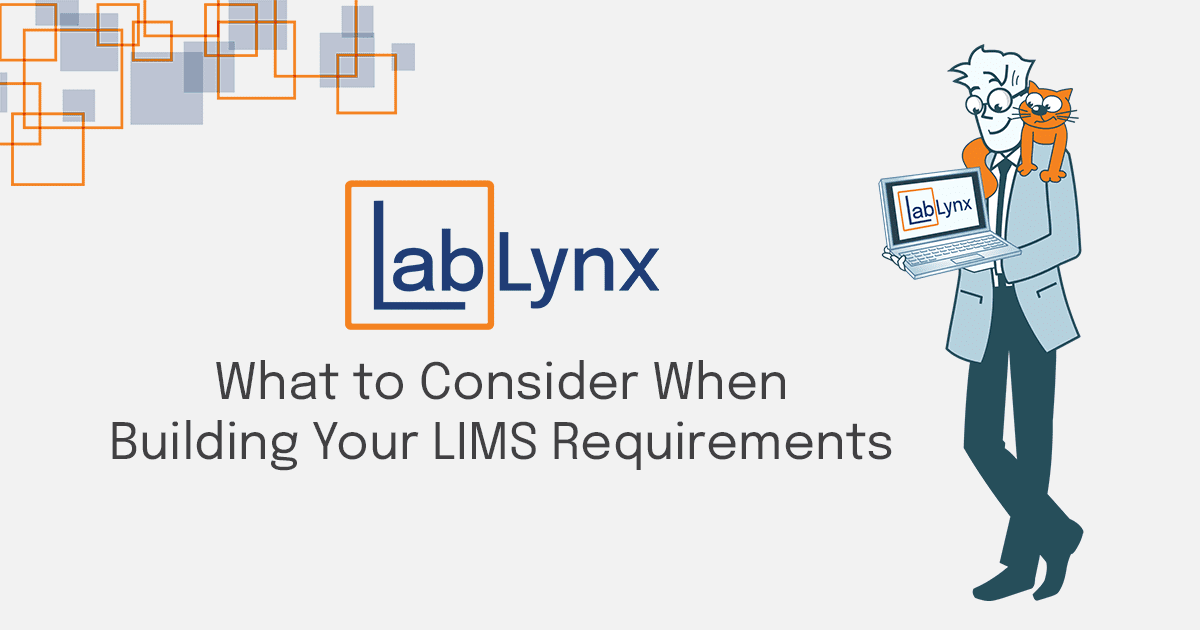
What Are LIMS Requirements?
LIMS requirements are a comprehensive list of functional, technical, and compliance-based needs your lab must address when selecting and implementing a LIMS solution. These requirements ensure the system supports your lab’s day-to-day operations, industry regulations, data integrity needs, and scalability goals.
Building effective LIMS requirements requires collaboration across departments, a deep understanding of workflows, and careful attention to industry-specific needs. Done right, it forms the blueprint for a successful LIMS deployment.
Why Building LIMS Requirements Is Critical
- Aligns the solution with your operational goals
- Prevents overspending on unnecessary features
- Reduces risks of delays or system mismatches
- Improves user adoption and long-term ROI
Step 1: Assemble a Cross-Functional Team
Start by gathering representatives from every department that will interact with the LIMS—laboratory personnel, quality assurance, IT, compliance officers, and data analysts. This ensures your LIMS requirements reflect the full scope of use cases and challenges.
Step 2: Map Current Workflows and Pain Points
Before you can define what you need, understand how things currently work. Document existing lab workflows, data entry processes, reporting steps, and handoffs between teams. Identify bottlenecks, redundancies, or errors in current systems that a new LIMS should solve.
Step 3: Define Functional LIMS Requirements
Functional requirements describe what your LIMS should do. These vary by industry and use case but commonly include:
- Sample tracking and chain of custody
- Instrument integration and data capture
- Test management and results entry
- Report generation and audit trail logging
- User roles and access controls
Step 4: Document Technical LIMS Requirements
Technical requirements define how the system should work under the hood. Be sure to outline:
- Cloud vs. on-premise hosting preferences
- Data storage, backup, and disaster recovery expectations
- Integration needs with existing systems (ERP, CRM, EMR, etc.)
- Browser or mobile compatibility
Step 5: Address Regulatory and Compliance Needs
Your LIMS must help you comply with applicable regulations. Define which standards your lab must follow, such as:
- FDA 21 CFR Part 11
- ISO/IEC 17025
- HIPAA, CLIA, or GxP guidelines
Include validation, electronic signatures, and audit trail tracking in your LIMS requirements if regulatory compliance is required.
Step 6: Prioritize Requirements by Importance
Once you’ve documented everything, prioritize. Categorize your LIMS requirements into:
- Must-Have: Essential features and functions
- Nice-to-Have: Features that improve usability but are not critical
- Future-Ready: Scalable options to support future growth or expansion
Step 7: Build a Requirements Specification Document
Compile your findings into a single Requirements Specification Document (RSD). This document serves as the master reference during your vendor evaluation process and as the implementation roadmap after purchase.
Make sure your RSD is well-organized and includes sections for business goals, functional and technical requirements, compliance needs, and a timeline for implementation.
Step 8: Evaluate Vendors Against Your LIMS Requirements
Use your RSD to evaluate vendors in a structured way. Can they meet your core requirements? Do they have experience in your industry? Will they offer configuration support and long-term service?
- Ask for demos aligned with your workflows
- Request detailed responses to your RSD
- Score vendors using a weighted matrix
Tips for Building Effective LIMS Requirements
- Involve users early and often in the process
- Use clear, non-technical language for better understanding
- Keep the document flexible to allow for evolving lab needs
- Review requirements after implementation to ensure alignment
How LabLynx Simplifies Building LIMS Requirements
The LabLynx LIMS Suite is designed with flexibility, scalability, and compliance in mind. Whether you’re in pharmaceuticals, food safety, environmental testing, or clinical diagnostics, we provide industry-specific templates to guide your LIMS requirements process.
Our expert team works alongside you to identify your goals, configure your system, and deliver a solution tailored to your lab’s exact needs—from day one.
Schedule a demo to learn how LabLynx can help you build and implement a LIMS that’s made for your lab’s success.
Conclusion: Build Smart to Implement Successfully
Building LIMS requirements may take time upfront—but it’s time well spent. With clearly defined goals, detailed documentation, and a structured process, your lab can implement a LIMS that meets current needs and future demands. Don’t leave success up to chance—build your foundation with purpose and partner with experts like LabLynx to bring it to life.
Accelerate Your Lab's Success & Experience LabLynx
"*" indicates required fields
Explore the LabLynx Suites
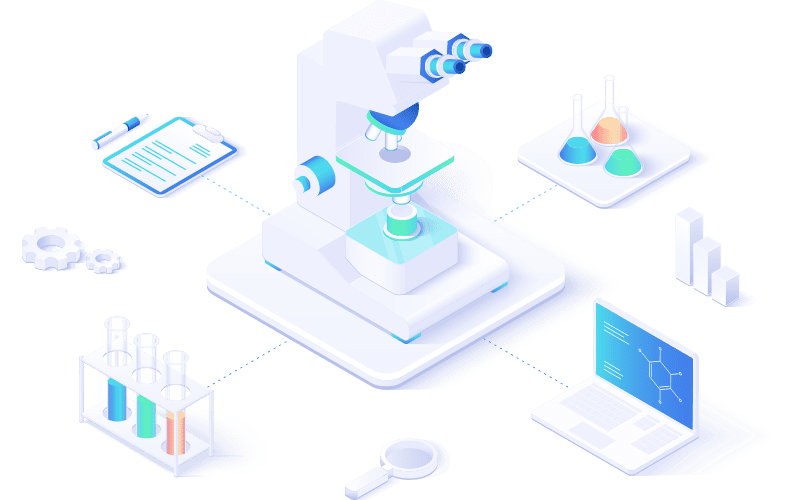
LIMS Suite
Seamless Sample and Workflow Management
The LabLynx LIMS Suite empowers laboratories with the tools needed to manage samples, workflows, compliance, and more in one centralized system. It’s the backbone for labs seeking efficient, reliable, and scalable management solutions.
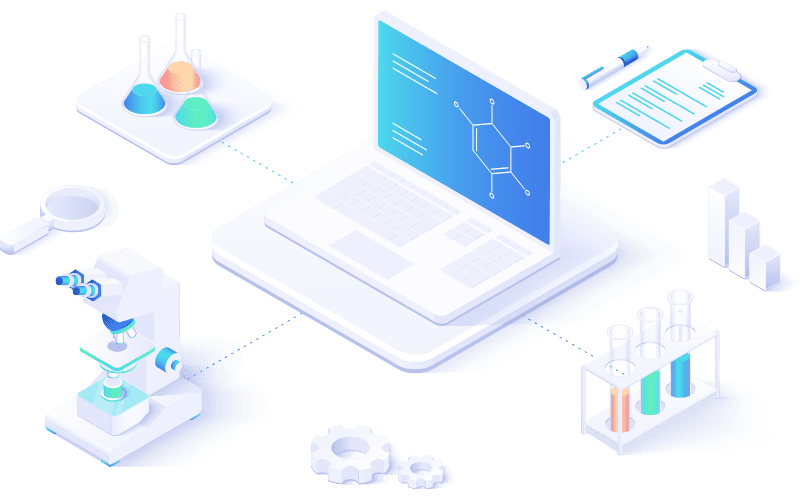
ELN Suite
The LabLynx ELN Suite offers a modern approach to managing lab data and experiments. With its secure, intuitive platform, your team can record, store, and collaborate effortlessly, supporting innovation every step of the way.
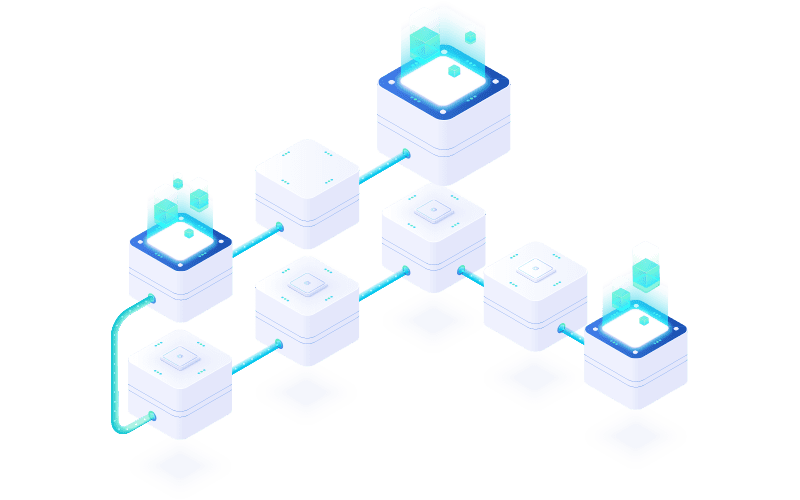
Lab Automation
Automate for Efficiency and Growth
Streamline operations and boost productivity with the LabLynx Lab Automation Suite. Designed for labs ready to embrace advanced automation, this suite integrates systems, instruments, and workflows to deliver efficiency at scale.
